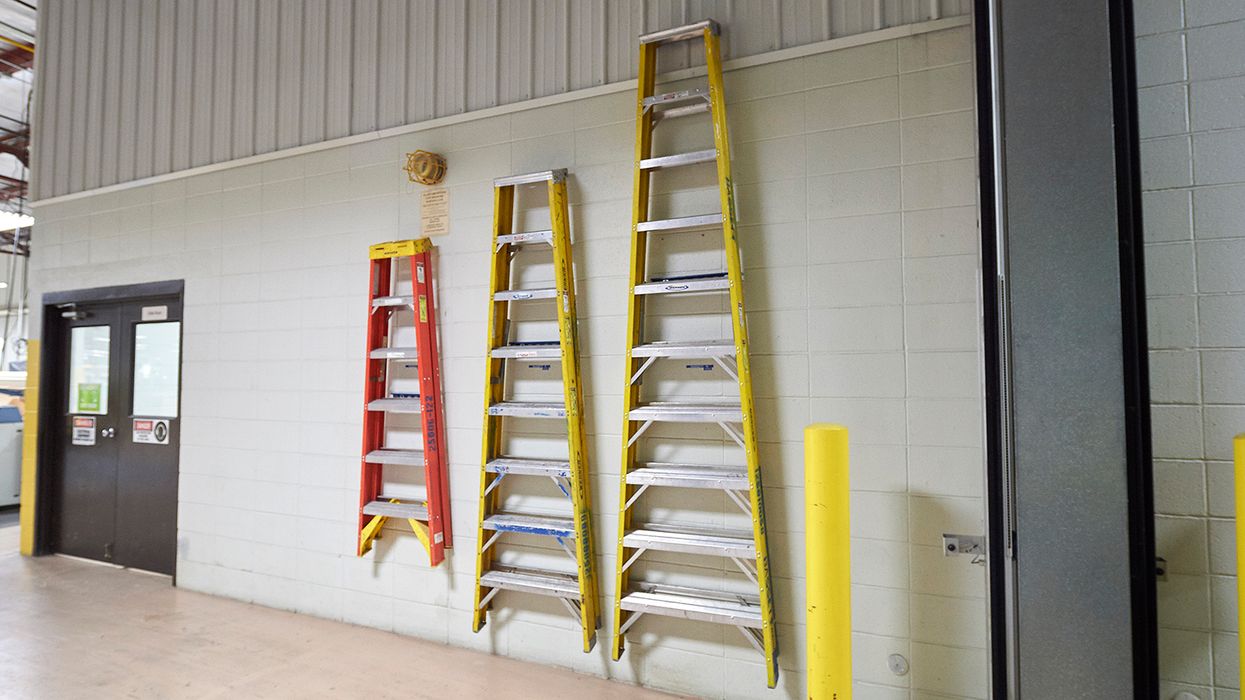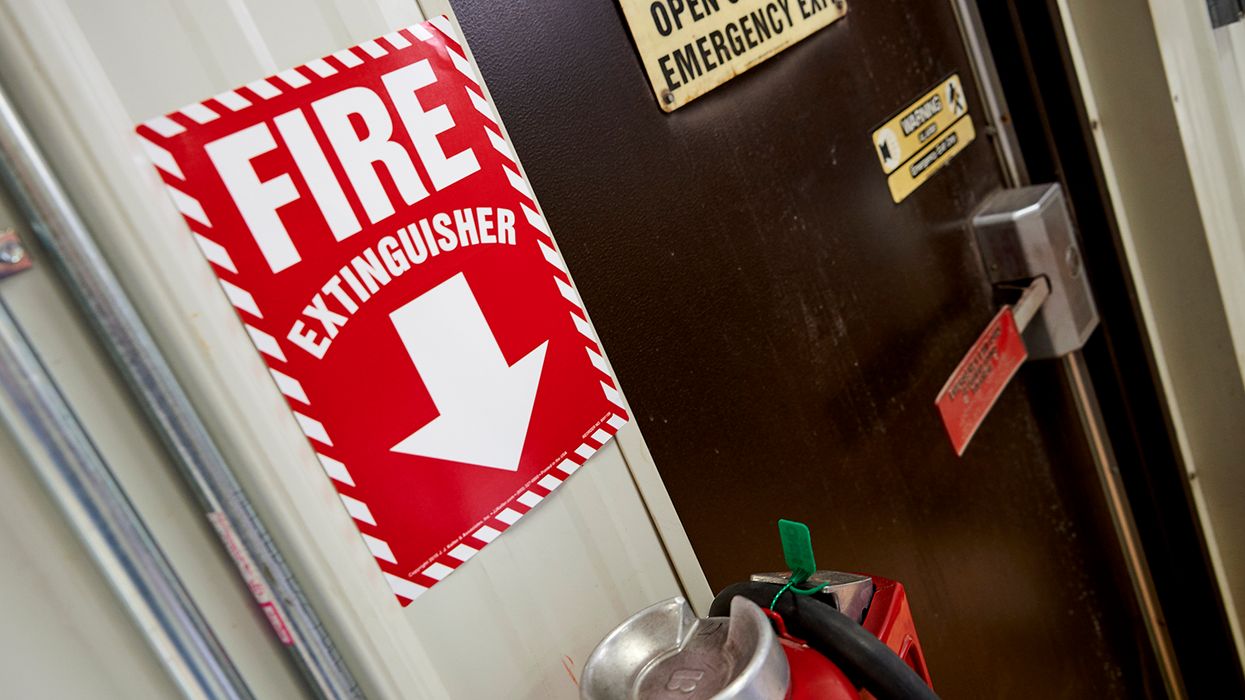Psychological safety in the workplace is critical to team success
Mitch had been on the job a few months when he noticed a team member doing something that Mitch remembered as being a safety concern from a recent training session. Mitch thought about speaking up but was afraid. What if this long-time employee resented the interference of a relative newcomer? What if the rest of the team made light of it? What if Mitch was mistaken?
When that same colleague was later injured because of the unsafe behavior, Mitch regretted staying silent. Why didn’t Mitch say anything?
Reluctance to speak up shows that Mitch did not feel psychologically safe in the workplace.
What is psychological safety?
Psychological safety is the belief that one will not be punished, judged, or humiliated for speaking up with ideas, questions, concerns, or mistakes.
For the individual, psychologically safe environments can improve mental health by easing the stress of having to prove oneself when speaking.
A person who feels psychologically safe at work might be willing to speak up even if they are, for example, a recent hire, the only LGBTQ member of a team, a woman in a male-dominated department, or generally an introvert.
The benefits of psychological safety in the workplace include:
- Improved team effectiveness
- Increased employee retention
- Greater inclusion and empathy
- More creativity and innovation
- Greater employee well-being
- Improved organization performance overall, including increased revenue and customer satisfaction
Without psychological safety, innovative ideas may be lost
Another example of an employee not feeling psychologically safe is the worker who tends to be silent in meetings, but later approaches team leaders privately with feedback or ideas.
In the abstract of her book, The Fearless Organization: Creating Psychological Safety in the Workplace for Learning, Innovation, and Growth, Professor of Leadership and Management at Harvard Business School, Amy Edmondson wrote: “Not every idea is good, and yes there are stupid questions, and yes dissent can slow things down, but talking through these things is an essential part of the creative process. People must be allowed to voice half-finished thoughts, ask questions from left field, and brainstorm out loud; it creates a culture in which a minor flub or momentary lapse is no big deal, and where actual mistakes are owned and corrected, and where the next left-field idea could be the next big thing.”
What can managers do?
Psychological safety in a workplace is leadership driven. Here are six ways managers can help employees feel more psychologically safe:
- Assess the current level of psychological safety. Do employees share ideas openly during meetings? Do team members talk to their leaders about difficult subjects?
- Listen, think, and then respond. Practice active listening, which means focusing your full energy on what your colleague is saying. Take your time answering. This shows that what is being said matters.
- Schedule regular one-on-one meetings. Use these to discuss with team members how they feel about work and what they would like to improve. Personal meetings help managers understand individuals’ personalities, work styles, and needs. For example, if you learn an employee is more introverted, discuss with them how they would feel more comfortable contributing in meetings. Don’t put them on the spot.
- Be on the alert for conflicting messages. Managers should not say they have an open-door policy if they never actually make themselves available to talk with employees. This makes employees feel as though they shouldn’t even bother.
- Have a growth mindset. That means mistakes are seen as an opportunity for growth, and employees are praised for effort, not just results.
- Be willing to apologize. Leaders who take responsibility and acknowledge that in the past they’ve made it difficult for workers to come to them are critical to building psychological safety.
Key to remember: When employees lack psychological safety, companies may miss out on game changing ideas or early warnings that something is wrong in the workplace.




















































